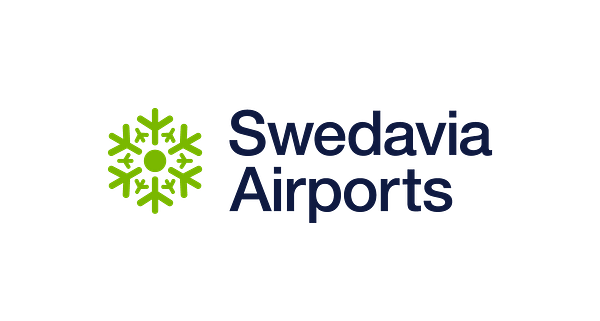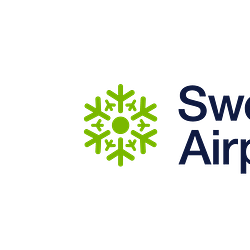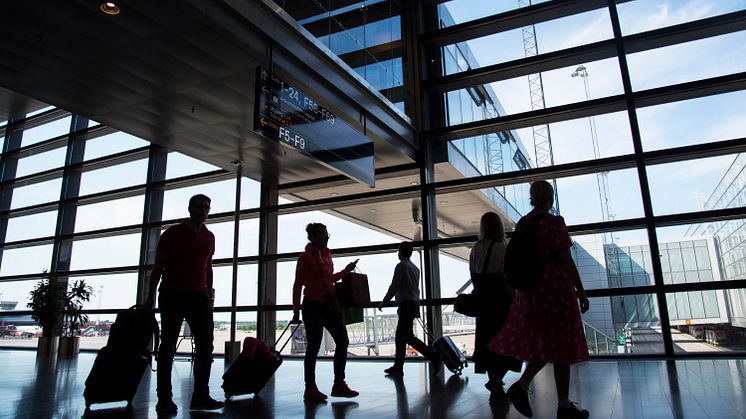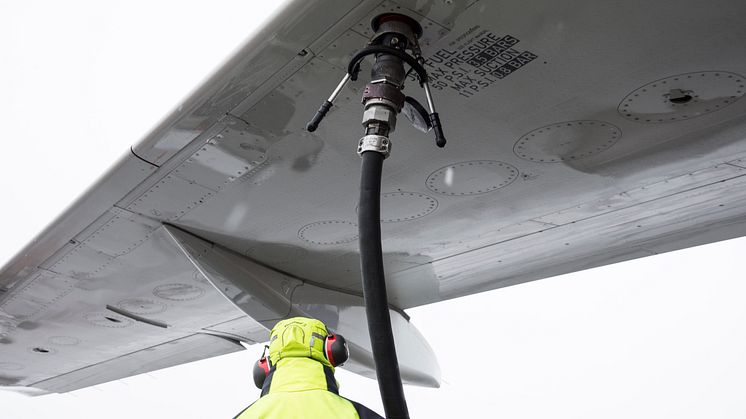
Press release -
Swedavia’s traffic statistics for January 2020
In January, a total of 2,670,000 passengers flew via Swedavia’s ten airports, which is a 6 per cent decrease compared to the same month last year. The weak traffic trend in recent months continued in January, which was also adversely affected by airlines reducing their seating capacity to a greater extent.
The number of international passengers at Swedavia’s airports totalled 1,813,000 in January, which is a 3 per cent decrease compared to the same month last year. Domestic travel had a total of 857,000 passengers, a decrease of 11 per cent.
Stockholm Arlanda Airport, Sweden’s largest airport, had a total of 1,692,000 passengers in January, which is a 6 per cent decrease compared to the same month last year. The number of international passengers totalled 1,352,000, which is a 4 per cent decrease, while the number of domestic passengers was 340,000, a decrease of 12 per cent.
Göteborg Landvetter Airport had a total of 441,000 passengers in January, which is a 2 per cent decrease compared to the same month last year. The number of international passengers totalled 364,000, a 3 per cent increase compared to January last year. Domestic travel decreased 20 per cent to 77,000 in January.
At Bromma Stockholm Airport, a total of 163,000 passengers flew in January, which is a 7 per cent decrease compared to January last year. International travel increased 5 per cent, while domestic travel decreased 9 per cent.
In line with the traffic trend in recent months, Swedavia’s regionals airports showed local differences in the travel pattern in January. The total number of passengers at these airports was 374,000, which is an 8 per cent decrease.
For many years, Swedavia has carried out ambitious sustainability work. All ten of its airports shall have zero emissions of fossil carbon dioxide from their own operations by the end of 2020. Swedavia also works actively to promote the industry’s transition to bio fuel and has the goal that five per cent of all fuel used to refuel aircraft at Swedish airports shall be fossil-free by 2025. Since 2016, Swedavia buys bio jet fuel equivalent to the amount the company uses on flights for business purposes, about 450 tonnes of fuel a year.
Traffic statistics for Swedavia’s airports are available (in Swedish) at www.swedavia.se under “Om Swedavia/Om Swedavia/Statistik”. https://www.swedavia.se/om-swedavia/statistik/.
For further information, please contact Swedavia’s press office at tel. +46 (0)10-109 01 00 or press@swedavia.se.
Swedavia is a State-owned group that owns, operates and develops ten airports across Sweden. Our role is to create the access Sweden needs to facilitate travel, business and meetings – in Sweden, in Europe and around the world. Safe, satisfied passengers are the foundation of our business. Swedavia is a world leader in developing airports with the least possible environmental impact. The Group has revenue of over 5.7 billion Swedish kronor and some 3,100 employees.









